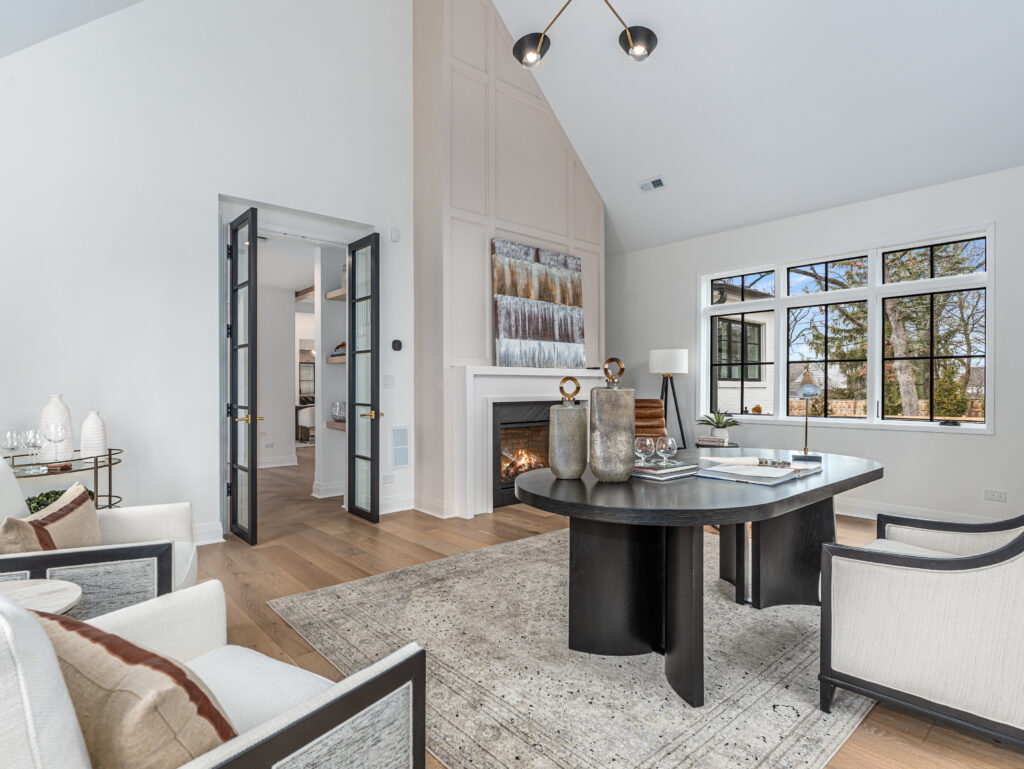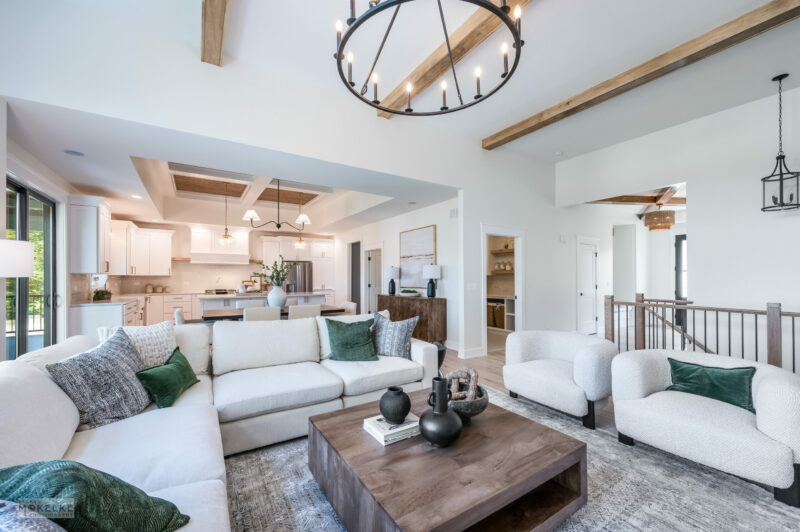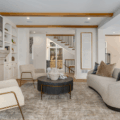How to Captivate Buyers with Home Staging Instantly
When it comes to selling a home, logic often takes a back seat to emotion. Buyers may come armed with a checklist of square footage and features, but when they walk through the front door, it’s not numbers they’re processing—it’s how the space makes them feel. This emotional response begins in the first few seconds of the showing, and it’s precisely where home staging works its quiet magic.
In an era when buyers are scrolling through online listings at lightning speed, the role of staging has become more crucial than ever. Yet, too often, staging is dismissed as mere fluff or decorating. In reality, home staging is a sophisticated blend of psychology, design strategy, and storytelling—an approach that crafts a powerful first impression that can make the difference between a lukewarm reception and a lightning-fast sale.
The First 7 Seconds: Where Buyers Decide
Cognitive psychologists tell us that humans make split-second judgments, often within the first 7 seconds of encountering something new. This applies to people, products, and yes—homes. When buyers step into a property, their initial impression is formed almost instantly, driven by subconscious reactions to visual cues, ambiance, and perceived value.
Home staging taps into this primal process. It isn’t about filling a room with pretty furniture; it’s about orchestrating an experience that tells a story of possibility and belonging. From the color palette to the way light filters into the space, everything works together to evoke the thought of, “I could live here.”
Emotional Connection: Why It Sells

Real estate isn’t just a transactional industry; it’s deeply emotional. Staging creates this vision by subtly highlighting the home’s best features while downplaying potential drawbacks.
For example, a staged living room doesn’t just showcase seating arrangements; it suggests a lifestyle. The placement of a plush throw, a well-styled coffee table, and ambient lighting creates a narrative: this is where cozy evenings with family happen, where friends gather for celebrations, where life feels just right.
Contrast this with a vacant room, where buyers are left to fill in the blanks themselves—an exercise that can feel daunting or uninspiring. When a home is staged, buyers don’t have to imagine. The story is already written for them, and it’s one they can easily picture themselves stepping into.
The Subtle Science of Staging: More Than Meets the Eye

Professional staging doesn’t just happen by chance. It’s a nuanced process grounded in understanding human psychology and buyer behavior. For instance:
- Color Theory: Certain color schemes evoke warmth and comfort, while others convey sophistication and modernity. Stagers use color to create moods that align with the home’s style and the target buyer’s preferences.
- Spatial Flow: Thoughtful furniture placement guides buyers effortlessly through the home, ensuring that no space feels cramped or underutilized. This subconscious choreography helps buyers feel comfortable and connected to the space.
- Strategic Lighting: Natural light is accentuated, and layered lighting is used to eliminate shadows and highlight focal points. A well-lit home feels more welcoming and expansive.
- Attention to Scale: Oversized furniture can make rooms feel small, while undersized pieces can feel insignificant. Stagers balance scale and proportion to enhance a sense of spaciousness and harmony.
These strategies aren’t random—they’re calculated moves designed to shape perception and elicit an emotional response.
Staging as a Competitive Differentiator

In a competitive market, where multiple listings vie for buyers’ attention, staging offers a unique advantage. Properties that are staged not only photograph better but also linger longer in buyers’ memories. In fact, staged homes spend less time on the market and often sell for a higher price than their unstaged counterparts.
But the true power of staging lies in its ability to help a property stand out from the sea of sameness. In an age of information overload, where buyers scroll through countless listings, a staged home breaks through the noise. It doesn’t just show well—it resonates.
The Hidden ROI of Staging: Confidence and Peace of Mind

For homeowners, staging isn’t just an investment in the sale—it’s an investment in peace of mind. Knowing that your home is presented in its best possible light reduces stress, boosts confidence, and minimizes the second-guessing that often accompanies the selling process.
Moreover, staging can preempt objections. When buyers see a home that’s beautifully staged, they’re less likely to nitpick about minor cosmetic flaws or question the property’s potential. The positive first impression creates a sense of trust and desirability that can carry through negotiations.
Staging doesn’t just decorate a space—it provides a lifestyle, carefully orchestrated through design and psychology, that makes staging not just important—but indispensable.




